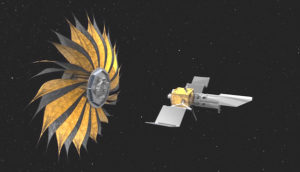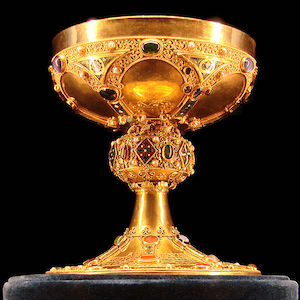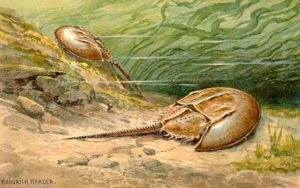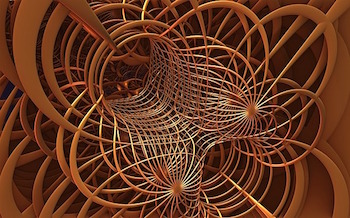Zoom Zoom

In space, nobody can hear you complain.
Regular readers of this blog know that I turn into a little kid when the subject of space comes up. I watch NASA TV all the time. And I've got a model of the space shuttle hanging in my workshop. Seems that I’m running out of space for my space.
Anyone who follows NASA launches knows that it takes years and years for probes to get to the outer planets. Chemical rockets simply aren't powerful enough and can't carry enough fuel.
But…we do have plans for ships that can go faster:
- Closed system nuclear drive: They come in two varieties—nuclear electric rockets, which use nuclear power to power any number of different electrical thrusters, and nuclear thermal rockets, which merely heat a reactant and propel it out the back to create thrust.
- Open system nuclear drive: Extremely straightforward. It's a big old nuclear powered rocket.
- Bussard Ramjet: A variant on the nuclear rocket, with one main difference—it has a giant electromagnetic “scoop” projecting out of the front. The scoop funnels interstellar hydrogen into the ship, where it's then used for fuel. Hypothetically, this design could allow travel much farther than many of the other designs on the list.

Me, practicing on my tractor for space flight.
- Solar Sail: A bit of a Gordian knot-style solution to long-distance space propulsion. It's a sail in the literal sense yet doesn't actually propel itself. The sails are made out of lightweight, reflective materials like Mylar that harness the solar wind instead of sea winds. A ship with a solar sail would actually be capable of tacking and maneuvering quite effectively, but in three dimensions rather than the two of an Earthbound sailing ship. While the acceleration from this is quite low, it never stops…just keeps accelerating as long as the ship is in the solar wind. The solar sail could, potentially, even reach another solar system, then brake using that star's solar wind.
- Laser Sail: This is where things get especially bizarre. The laser sail functions in a similar way to the solar sail but, rather than using the solar wind, this heavily armored ship instead gets its propulsion from a massive, artificial laser trained upon it.
- Orion Ship: The most insane of our rocket ship ideas. We've been able to build this one since the 1960s but haven't…for what should be obvious reasons: it's propelled by nukes. Not a nuclear rocket. Actual nuclear bombs. The ship has a large, shielded pusher plate. A nuclear bomb is fired behind the ship and detonated. The resulting shock wave propels the ship forward. An Orion ship could reach Pluto in a matter of weeks.
With that last one, I’m imagining astronauts turning into the equivalent of bugs on a windshield on the highway. Thanks, but no. I’ll stick to creating more space in my earth-bound man cave.
_________
Quotable
Oh, Yard Ramp Guy: I’m boldly going where no man has gone before with these quotations. You?
“When you launch in a rocket, you’re not really flying that rocket. You’re just sort of hanging on."
— Astronaut Michael P. Anderson
 Why do some molded plastic objects have molded plastic screw heads in them?
Why do some molded plastic objects have molded plastic screw heads in them? The most prevalent digital skeuomorph is probably the shutter-click that camera phones and digital cameras make when you take a photo. In film cameras, the sound was caused by a physical function. In digital devices, the sound exists solely to let you know the photo was taken in digital ones.
The most prevalent digital skeuomorph is probably the shutter-click that camera phones and digital cameras make when you take a photo. In film cameras, the sound was caused by a physical function. In digital devices, the sound exists solely to let you know the photo was taken in digital ones. There are a lot of different search engines out there, but most people never feel the need to go past Google. For the most part, I'm with them. I have discovered a few specialty search engines that I visit on a regular basis. Most of these are simply engines that search inside a specific website, usually Wikipedia. There are a couple exceptions, though. The biggest one is called
There are a lot of different search engines out there, but most people never feel the need to go past Google. For the most part, I'm with them. I have discovered a few specialty search engines that I visit on a regular basis. Most of these are simply engines that search inside a specific website, usually Wikipedia. There are a couple exceptions, though. The biggest one is called



